The muscle stimulator market in Germany exhibits a dynamic competitive landscape characterized by rapid innovation and strategic maneuvering among key players. The market is primarily driven by increasing consumer awareness regarding health and wellness, alongside a growing inclination towards non-invasive therapeutic solutions. Companies such as Compex (CH), Omron Healthcare (JP), and PowerDot (US) are at the forefront, each adopting distinct strategies to enhance their market presence. Compex (CH) focuses on product innovation, frequently updating its offerings to incorporate advanced technology, while Omron Healthcare (JP) emphasizes regional expansion, aiming to penetrate deeper into the European market. PowerDot (US) appears to leverage digital transformation, integrating mobile applications with their devices to enhance user experience and engagement, thereby shaping a competitive environment that prioritizes technological advancement and consumer-centric solutions.
Key business tactics within this market include localizing manufacturing and optimizing supply chains to enhance efficiency and reduce costs. The competitive structure is moderately fragmented, with several players vying for market share, yet the influence of major companies remains substantial. This fragmentation allows for niche players to emerge, fostering innovation and diversity in product offerings, while larger firms capitalize on economies of scale and brand recognition.
In October 2025, Compex (CH) launched a new line of muscle stimulators featuring enhanced wireless capabilities and user-friendly interfaces. This strategic move is likely to solidify Compex's position as a leader in innovation, catering to the increasing demand for convenient and effective muscle recovery solutions. The introduction of these advanced features may attract a broader consumer base, particularly among athletes and fitness enthusiasts seeking cutting-edge technology.
In September 2025, Omron Healthcare (JP) announced a partnership with a leading fitness app developer to integrate their muscle stimulators with digital health platforms. This collaboration is indicative of a growing trend towards digital health integration, allowing users to track their progress and optimize their recovery routines. Such strategic alliances not only enhance product functionality but also position Omron as a forward-thinking player in the market, appealing to tech-savvy consumers.
In August 2025, PowerDot (US) expanded its product line to include a subscription service for personalized training and recovery plans. This initiative reflects a shift towards subscription-based models in the health and wellness sector, providing users with tailored experiences and ongoing support. By adopting this approach, PowerDot may foster customer loyalty and create a steady revenue stream, further differentiating itself in a competitive landscape.
As of November 2025, current trends in the muscle stimulator market are increasingly defined by digitalization, sustainability, and the integration of artificial intelligence (AI). Companies are forming strategic alliances to enhance their technological capabilities and expand their market reach. The competitive differentiation is likely to evolve from traditional price-based competition to a focus on innovation, technology, and supply chain reliability. This shift suggests that companies prioritizing R&D and consumer engagement will be better positioned to thrive in an increasingly competitive environment.


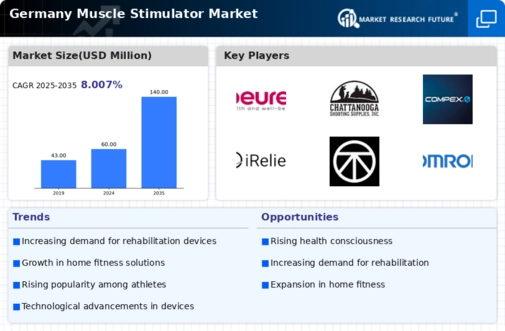
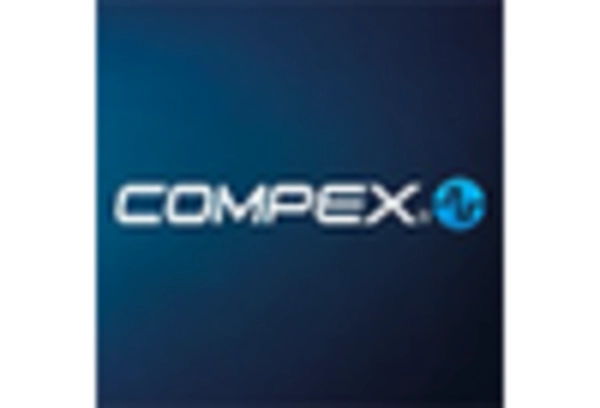

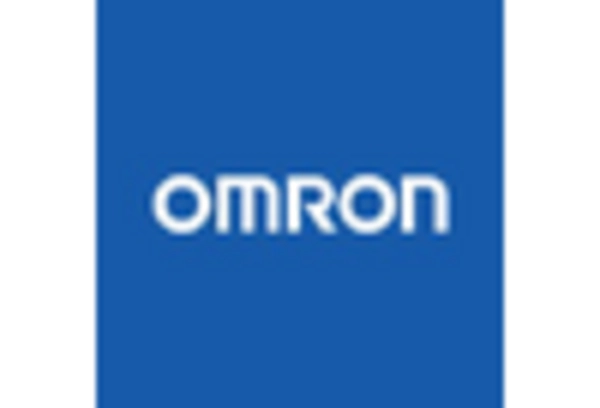
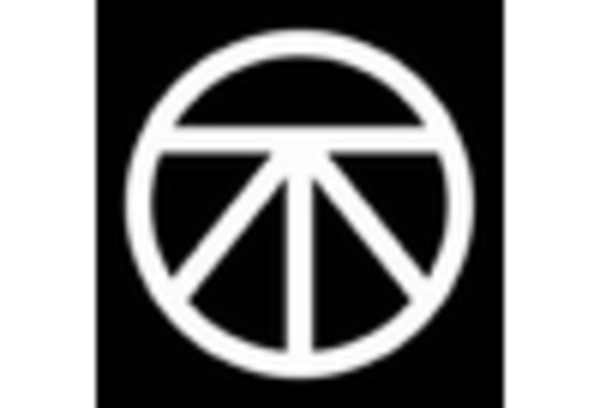
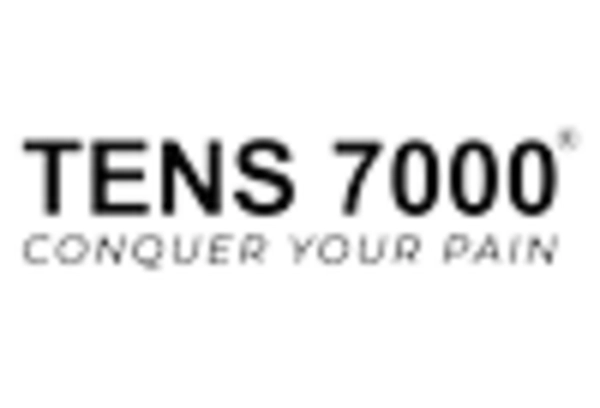
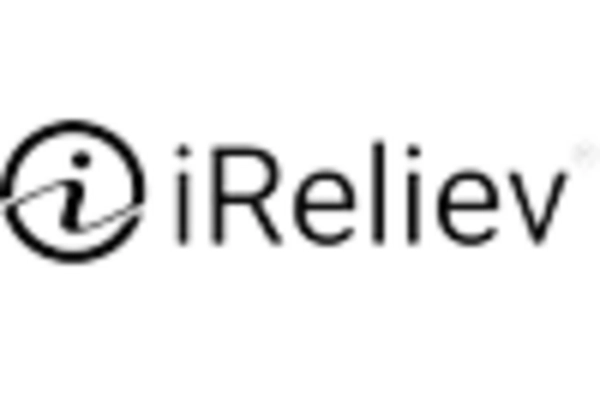








Leave a Comment